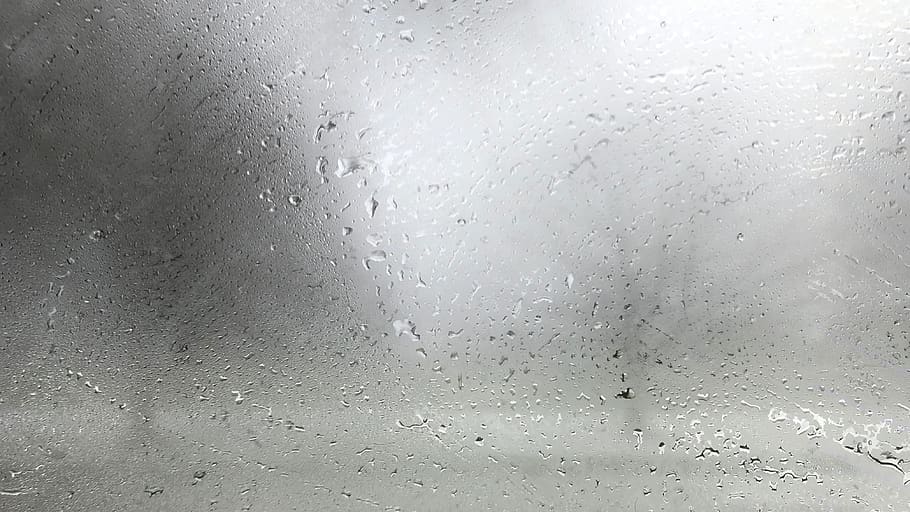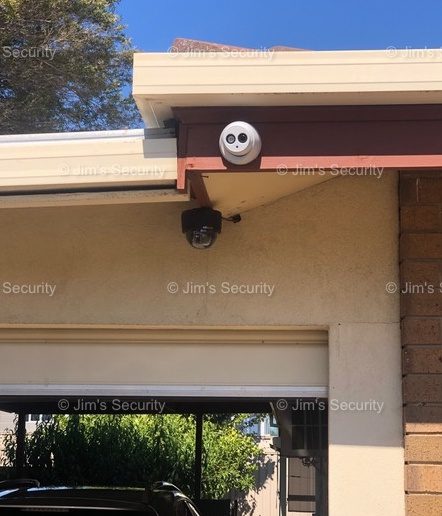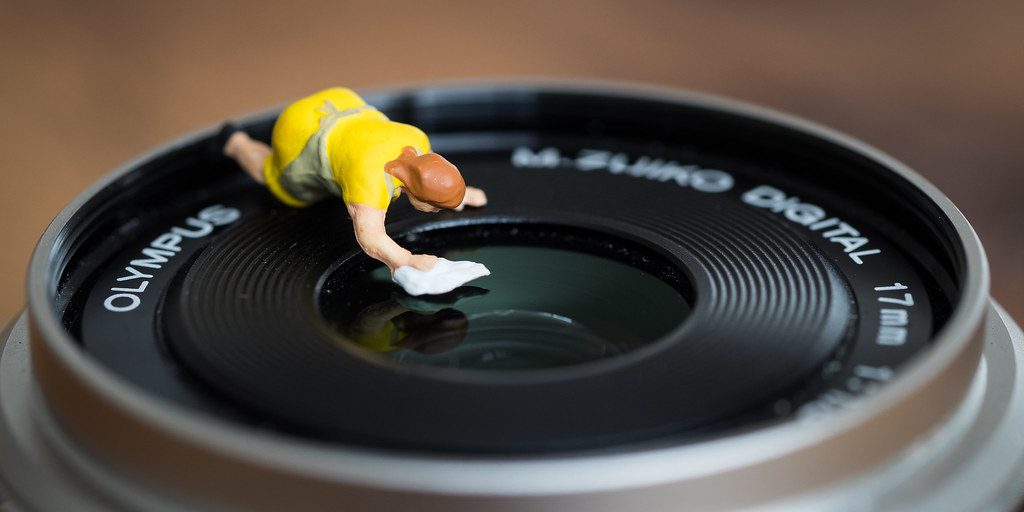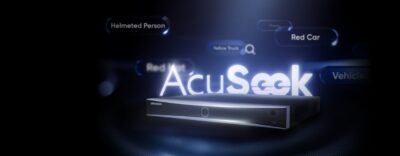Unlike starlight cameras which are sensitive to ambient light and operate in a way similar to the human retina, night vision cameras must emit their own source of (infrared, IR) light to ‘see’. While infrared light ultimately allows night vision cameras to record in low-light conditions, ‘infrared glare’ is infamous for causing blurry and hard to see footage.
This occurs when the IR light its the dome or glass covering of the camera and bounces back onto the lens, resulting in a blurry effect. But, because infrared light is only required in low-light conditions, ‘glare’ will only be observed in night time footage.
There are a number of other causes for this issue. Fortunately, each of these can be easily fixed.

The most common causes of infrared glare are:
Reflective surfaces
For outdoor cameras, bodies of water such as swimming pools and ponds, or lightly coloured surfaces such as cream tiles (white is the most reflective colour) are the most common culprits when it comes to creating glare. Reflections from the leaves of plants can also create interference.
On the other hand, indoor cameras are commonly affected by wooden furniture, and reflective surfaces such as metal railing, glass doors or tiles.
It is important to note that sometimes these objects can be close enough to reflect the IR LEDs and cause glare without actually being in the camera’s field of view.


Improper installation
Improper installation goes hand in hand with the issue of reflective surfaces. When fitting your night vision CCTV camera it is important to first determine what positions are and aren’t affected by glare, and to test the footage before completing the installation.
A common example of an improper installation of out-door cameras is having cameras pointed too high up. This caused infrared light to reflect off the eves, back onto the lens of the camera. But luckily, this can be easily fixed by tilting the cameras down away from the eves.
In some cases improper installations are more severe and will require cameras to be re-positioned. When it comes to mounting your CCTV cameras we’d always recommend professional installation. Experienced technicians will be able to determine the most suitable for your night vision camera (to reduce glare, and capture the best-possible footage), and will also check camera performance in both daytime and night-time conditions.

Scratches or dust on the camera dome/glass
This issue is all too common, but thankfully easily fixable.
Check if there’s any dust or finger prints on your camera lens and if so, simply give it a clean with a damp cloth (make sure your cloth is microfibre or a soft cotton blend to avoid scratching the lens).
Once having cleaned your lens, if you are still experiencing infrared glare, we suggest consulting an experienced security technician to assess whether this is due to scratches on your camera or improper placement. If your camera lens is scratched, in most circumstances the lens can be replaced.
Foggy and blurry footage caused by infrared glare is a common issue that often comes with a quick and easy fix. Although easily fixable, infrared glare should be addressed in a timely matter as it is important to ensure that your CCTV cameras are operating at optimum performance to keep you, your home and family safe and secure.

Image by: Thomas Leuthard
Here at Jim’s Security, our team of trained and experienced security installers are here to answer any questions or queries you may have about blurry CCTV footage, or anything else to do with home and business security for that matter! Give us a call on 131 546 or book a free onsite quote.


